Nationality United States Name Russell Hulse | Role Physicist | |
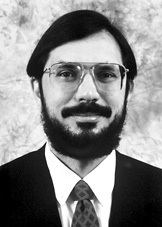 | ||
Institutions UT DallasPrinceton Plasma Physics LaboratoryNRAO Education The Bronx High School of Science, University of Massachusetts Amherst | ||
Russell Alan Hulse | Wikipedia audio article
Russell Alan Hulse (born November 28, 1950) is an American physicist and winner of the Nobel Prize in Physics, shared with his thesis advisor Joseph Hooton Taylor Jr., "for the discovery of a new type of pulsar, a discovery that has opened up new possibilities for the study of gravitation". He was a specialist in the pulsar studies and gravitational waves.
Contents
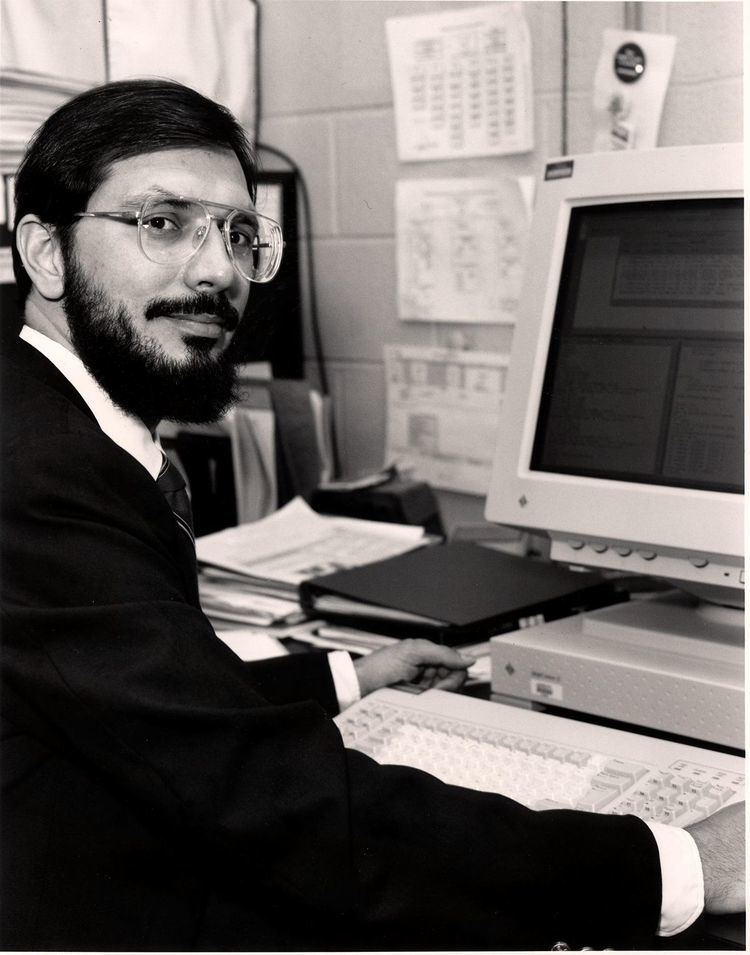
Russell Alan Hulse | Wikipedia audio article
Biography
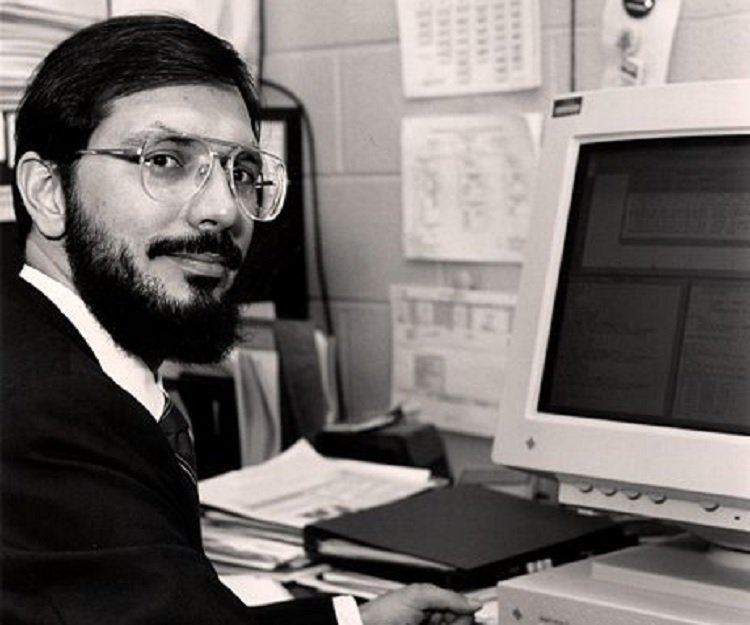
Hulse was born in New York City and attended Bronx High School of Science and the Cooper Union before moving to University of Massachusetts Amherst (Ph.D. Physics 1975).
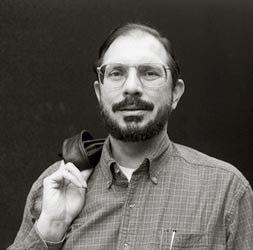
While working on his Ph.D. dissertation, he was a scholar in 1974 at the Arecibo Observatory in Puerto Rico of Cornell University. There he worked with Taylor on a large-scale survey for pulsars. It was this work that led to the discovery of the first binary pulsar.
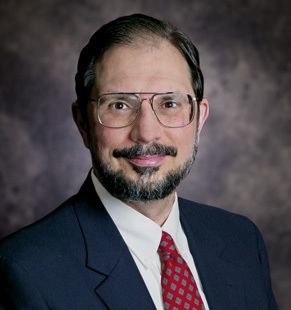
In 1974, Hulse and Taylor discovered binary pulsar PSR B1913+16, which is made up of a pulsar and black companion star. Neutron star rotation emits impulses that are extremely regular and stable in the radio wave region and is nearby condensed material body gravitation (non-detectable in the visible field). Hulse, Taylor, and other colleagues have used this first binary pulsar to make high-precision tests of general relativity, demonstrating the existence of gravitational radiation. An approximation of this radiant energy is described by the formula of the quadrupolar radiation of Albert Einstein (1918).
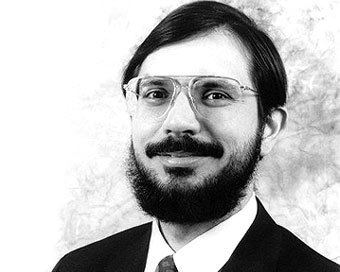
In 1979, researchers announced measurements of small acceleration effects of the orbital movements of a pulsar. This was initial proof that the system of these two moving masses emits gravitational waves.
Later years
After receiving his Ph.D., Hulse did postdoctoral work at the National Radio Astronomy Observatory in Green Bank, West Virginia. He moved to Princeton, where he has worked for many years at the Princeton Plasma Physics Laboratory. He has also worked on science education, and in 2003 joined the University of Texas at Dallas as a visiting professor of physics and of mathematics and science education.
In 1993, Hulse and Taylor shared the Nobel Prize in Physics for the discovery of the first binary pulsar.
Hulse was elected a Fellow of the American Association for the Advancement of Science in 2003, and is cited in the American Men and Women of Science.
In 2004, Hulse joined University of Texas at Dallas and became the Founding Director of UT Dallas Science and Engineering Education Center (SEEC).
In July 2007 Hulse joined the Aurora Imaging Technology advisory board.
